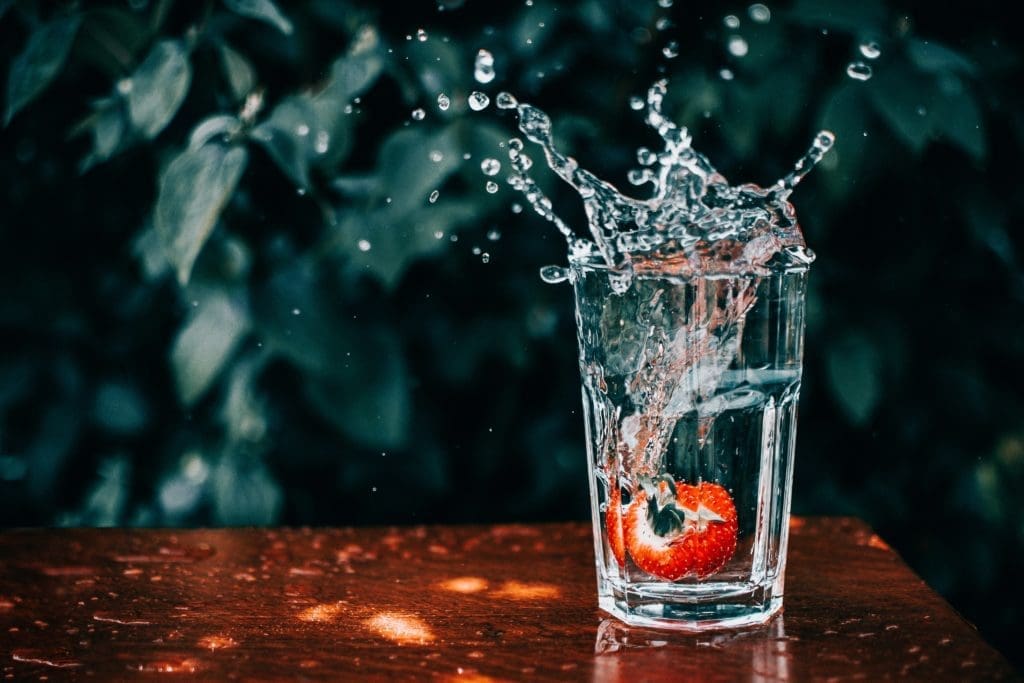Did you know that the water coming out of your tap may not be as clean as you think? Although municipal water systems are required to meet certain standards set by the EPA, there are still a number of contaminants that can make their way into your water supply.
In this blog post, we’ll list down the most common contaminants found in tap water, how they can affect your health, and how water filtration can help remove them from your water.

Understanding House Water Contaminants
You turn on the faucet, take a sip of water, and then promptly make a face. Water that smells or tastes bad is often the first sign that something is wrong with your home’s water supply. While bad-tasting water is usually harmless, it can be a sign of more serious water contamination.
It is natural for any water source to contain some level of contaminants.
After all, water is a great solvent and can pick up all sorts of things as it flows over rocks, through soil, and even through pipes. However, when the level of contaminants in your water becomes too high, it can pose serious risks to your health.
Lead
Lead is a mineral that is found in small quantities in the environment. It has been used for centuries in a variety of products, including paint, pottery, and pipes. While lead is not harmful in small amounts, it can be dangerous if it builds up in the body over time.
Once lead enters the water supply, it can be very difficult to remove. Lead can contaminate water through leaching from pipes and other materials. When water containing lead is ingested, it can cause a range of health problems, including learning disabilities and behavioral problems in children, and kidney damage in adults.
Lead contamination of drinking water is a serious problem, and everyone should be aware of the risks it poses to human health.
Chlorine
Chlorine is added to most municipal water supplies as a way to disinfect the water. While chlorinated water is generally safe to drink, too much chlorine can cause health problems such as irritation of the skin and eyes, and an increased risk of cancer.
In addition, chlorine can interact with other substances in your water to form harmful by-products, such as trihalomethanes (THMs). These chemicals have been linked to kidney and liver damage, as well as an increased risk of miscarriage.
Fluoride
Fluoride is another element added by municipalities to house water supplies in order to help prevent tooth decay. However, some people are concerned about the potential health risks of fluoride. Although the evidence is not definitive, there is some concern that fluoride may contribute to bone loss and interfere with thyroid function.
In addition, young children who consume too much fluoride may develop dental fluorosis, a condition that causes white spots to form on the teeth. For these reasons, it is important to be aware of the level of fluoride in your water supply. If you are concerned about fluoride exposure, you can install a filter that will remove it from your tap water.

Nitrates
Nitrates are minerals that are found in soil and water, and they can enter your home through your water supply via agricultural runoff or human sewage. Nitrates can be harmful to your health, so it’s important to be aware of the signs and symptoms of nitrate poisoning. Symptoms include headache, nausea, vomiting, and diarrhea.
Infants and young children are particularly at risk from the negative effects of nitrates. Nitrates can cause a condition called methemoglobinemia, which reduces the blood’s ability to carry oxygen. In severe cases, methemoglobinemia can be fatal.
If you suspect you may have nitrate poisoning, see a doctor immediately. You can also test your water for nitrates using a home test kit. If your water tests positive for nitrates, you should contact your local water supplier to find out what you can do to remove them from your water supply.
Arsenic
Arsenic is a naturally occurring element that can enter the water supply through runoff from mining operations or agricultural runoff. Although it is not always harmful, exposure to high levels of arsenic can cause serious health problems.
Long-term exposure to arsenic can increase the risk of cancer, skin problems, and developmental issues. In recent years, there has been an increasing concern about the presence of arsenic in house water supplies.
While the EPA has set strict limits on the amount of arsenic that can be present in public water systems, there are no such regulations for private wells. As a result, many people are unknowingly exposed to high levels of this toxic element.
If you are concerned about the presence of arsenic in your home water supply, you can have your water tested by a certified lab. And if you find that your water contains elevated levels of arsenic, there are a number of treatment options available to ensure that your family has safe, clean drinking water.
Ways You Can Deal With House Water Contaminants
The water that comes out of your tap at home might look clean, but there could be unseen contaminants lurking inside. In fact, even water that has been treated by a water utility can become contaminated as it flows through old pipes on its way to your home. Luckily, there are several things you can do to protect yourself and your family from these water contaminants.
First, have your water tested by a professional. This will give you a better idea of what contaminants are present and what levels of contamination you’re dealing with.
Home water test kits are also available for purchase, but these are not always as reliable as tests done by a qualified lab. Once you know what contaminants are present in your water, you can take steps to remove them.
Second, invest in a water filtration system. These systems are designed to remove contaminants from all the water that enters your home, not just the water that you drink. This will protect you and your family from exposure to harmful contaminants, and it can also save you money on your water bill.
There are a variety of different types of systems available, so do some research to find one that’s right for your needs. Once you have a filtration system in place, make sure to keep it well maintained.
For example, if you have a well, you will need a different type of filtration system than someone who gets their water from a municipal water supply. No matter what type of system you choose, make sure that it is certified by an independent testing agency such as NSF International. This will ensure that the system is effective at removing contaminants from your water.
Third, educate yourself on the potential health risks associated with water contamination. This will help you better understand the importance of taking steps to protect yourself and your family. By following these simple tips, you can help keep your family safe from water contaminants.

Remove Contaminants For Safe and Clean Water For Your Home
Having clean water in your home is important for both your health and the longevity of your home’s water-using appliances. It is important to get your water tested for contaminants, and to install a filtration system if needed that you trust to remove contaminants.
Educating yourself and your family on the risks of water contamination will help you make informed decisions about the safety of your drinking water.
If you’re looking for a reliable water filtration system for your house, contact us today. We’ll help you find the right system for your needs!






